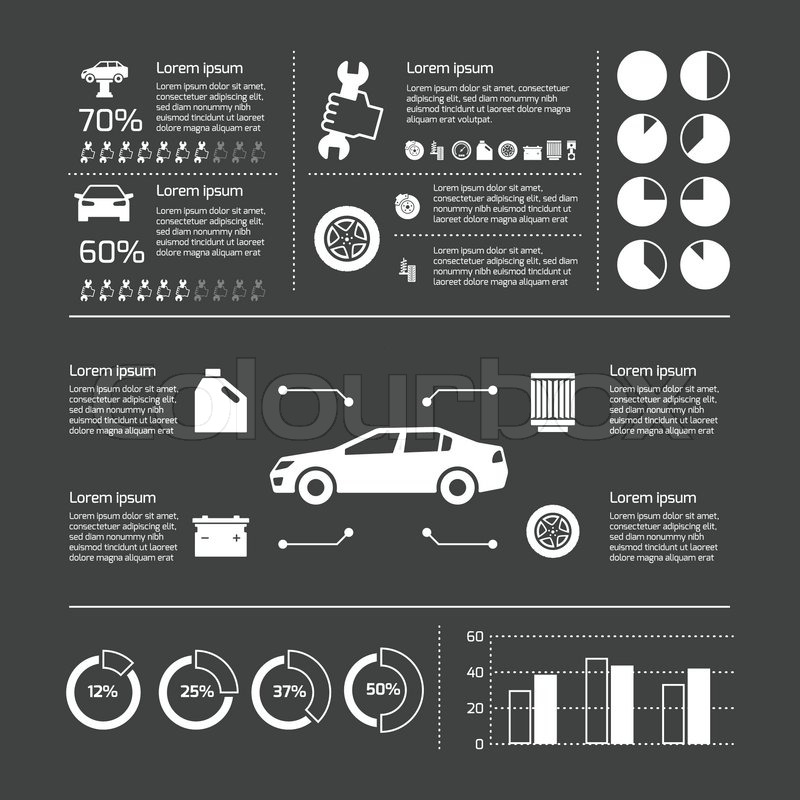Raise The Hood To Expose Normal Brake System Troubles And Their Options
Raise The Hood To Expose Normal Brake System Troubles And Their Options
Blog Article
Material Writer-Spence Herring
When it pertains to your automobile's brake system, recognizing common problems can conserve you from possible security risks. From determining brake pad wear to attending to brake liquid leaks, knowing how to deal with these issues is vital. Yet what concerning those squishy brake pedals? There's a repair for that also. Remain tuned to find out https://simonsnibw.blogunok.com/31430435/get-ready-to-reveal-the-truth-concerning-auto-repair-service-with-unexpected-revelations regarding these concerns and the sensible options that can maintain you securely on the road.
Brake Pad Use and Substitute
When it pertains to keeping your lorry's brake system, one critical aspect to watch on is the wear and replacement of brake pads. Brake pads are crucial elements that push versus the brake rotors to decrease or stop your automobile. Gradually, these pads wear down because of friction, needing normal assessment and replacement to guarantee your brakes work properly.
To identify if your brake pads need substitute, listen for shrilling or grinding sounds when you use the brakes. Additionally, if your lorry takes longer to stop or you notice resonances or pulsations when stopping, it may be time to change the brake pads.
Neglecting worn brake pads can lead to lowered braking efficiency, damages to various other brake components, or even brake failure.
Replacing brake pads is a relatively simple process for several cars. Nevertheless, if you're uncertain or awkward executing this task, it's best to speak with a specialist auto mechanic to make certain correct installation and optimal brake efficiency.
car brake repair examining and replacing brake pads is vital for your security and the durability of your automobile's stopping system.
Brake Liquid Leaks and Upkeep
To ensure your vehicle's brake system operates optimally, it is very important to additionally take note of brake fluid leakages and upkeep. Brake fluid is important for sending the force from your foot on the brake pedal to the real stopping system. https://www.repairerdrivennews.com/2022/03/07/minnesota-bills-aim-to-use-auto-service-parts-sales-tax-revenue-to-fund-roads-bridges/ with brake liquid is leaks, which can happen due to deteriorated brake lines, seals, or links. If https://ecutuningnearme17284.blogdanica.com/31121878/tips-for-winterizing-your-car-preparing-for-cold-weather-driving see a pool or trickles under your cars and truck, it's important to deal with the leak without delay to prevent a possible brake failure.
Regularly checking your brake liquid level is key to preserving your brake system. Low brake fluid can cause air going into the brake lines, which endangers stopping performance.
In addition, old or contaminated brake fluid can influence the general efficiency of your brakes. It's recommended to adhere to the producer's guidelines on when to transform the brake fluid, generally every 2 years.
Spongy Brake Pedal: Bleeding Brakes
If you have actually ever experienced a spongy brake pedal while driving, you recognize the significance of maintaining a firm and responsive braking system. One usual cause of a spongy brake pedal is air trapped in the brake lines. When air goes into the brake system, it can result in a loss of hydraulic stress, resulting in that disturbing spongy sensation when you push the brake pedal.
To fix this issue, bleeding the brakes is essential. Bleeding the brakes involves getting rid of the air from the brake lines to restore proper hydraulic stress.
To hemorrhage the brakes, you'll require a helper to assist you. Start by locating the brake bleeder valve on each wheel, commonly discovered near the brake caliper. With a wrench, loosen up the shutoff and have your assistant press the brake pedal while you observe any type of air bubbles coming out. Repeat this procedure for every wheel, beginning with the wheel farthest from the master cyndrical tube and moving closer.
Once you no more see air bubbles and only clear fluid emerges, tighten up the shutoff and top up the brake liquid tank as needed. Hemorrhaging the brakes aids guarantee a firm brake pedal and enhances general braking performance.
Conclusion
Since you recognize common brake issues and exactly how to repair them, you can ensure your automobile's safety and security and performance. Keep in mind to pay attention for warning signs like screeching noises or mushy brake pedals, and address them promptly. Routine maintenance and timely substitutes are vital to keeping your brakes in leading condition. Keep proactive and alert to your brake system to appreciate risk-free and reputable driving experiences.
